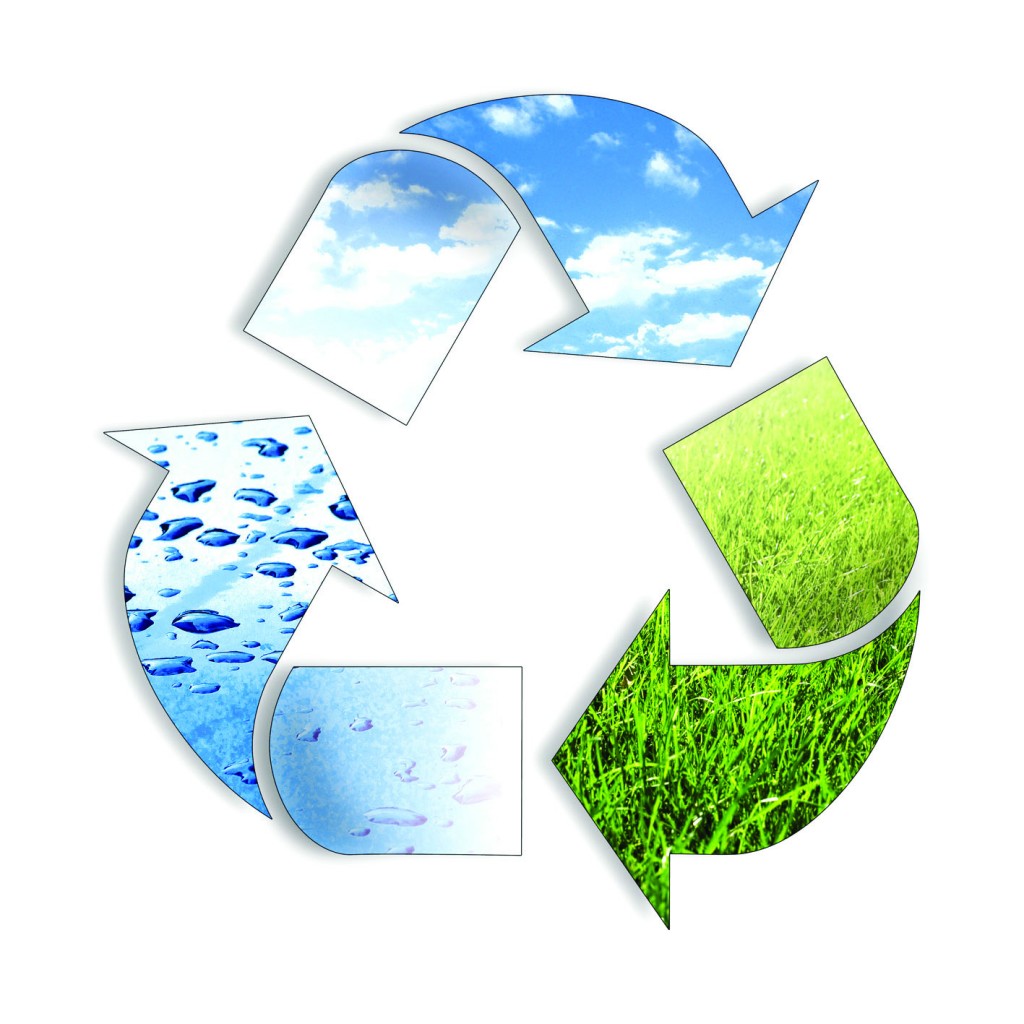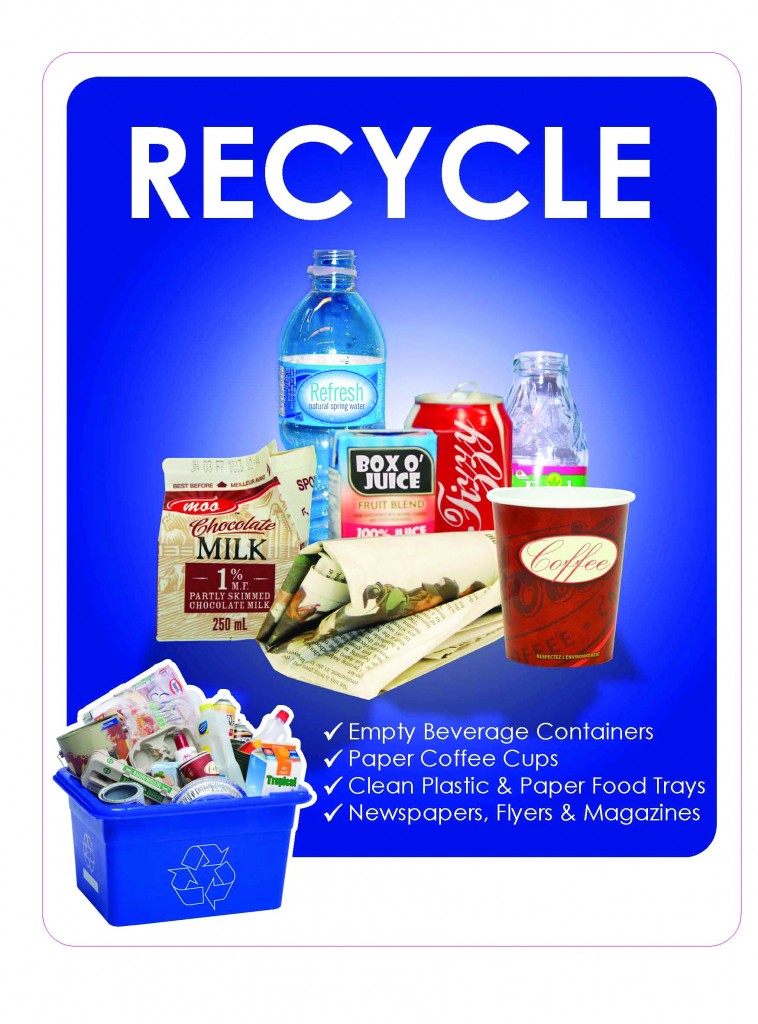In a complex value chain, solutions and challenges abound for the labelling industry, says Jules Lejeune of the trade association FINAT.Self-adhesive labels have contributed significant benefits to packaging. Their versatility, cleanliness and variability have made them firm favourites in many key FMCG market sectors: in foods (both as primary and secondary product labels and for ‘price weigh’ applications and other variable information print); in personal and homecare products; and, particularly, in beverages.
The beverage boom
The global growth in premium beers has proved a dynamic self-adhesive label market around the globe in recent years. Wines – both premium cuvées and bulk supermarket qualities – are today enjoying the eye-catching on-shelf appeal that short- or long-run self-adhesive labels can create, both by the traditional print processes and by today’s high-quality digital label print. This flexibility has made ‘limited editions’ a practical possibility.
 ‘Fashion’ soft drinks, such as smoothies, juices, and CSDs (carbonated soft drinks) are also popular users of the self-adhesive label, which delivers a variety of innovative finishes and effects on a wide choice of label face materials – including textured papers, foils, and clear films (which give the favoured no-label look on a clear container).
‘Fashion’ soft drinks, such as smoothies, juices, and CSDs (carbonated soft drinks) are also popular users of the self-adhesive label, which delivers a variety of innovative finishes and effects on a wide choice of label face materials – including textured papers, foils, and clear films (which give the favoured no-label look on a clear container).
A designer’s dream
The self-adhesive laminate also makes it possible to die-cut exceptionally complex label shapes on press – a designer’s dream – and to apply multiple labels (front, back, neckstrap etc.) in just one pass on the packaging line. Finally, track-and-trace, product authentication and tamper-evident features can be intrinsic to a self-adhesive label.
Sustainability issues
As a key contributor to the global packaging industry, the self-adhesive label industry is as committed to sustainability as all its peers. However, it faces some unique challenges in the context of sustainability – in relation to the industry’s extremely long, complex and specialised value chain.
At the heart of a label is the ‘sandwich’ of a face material, adhesive, release coating and release liner. In itself, this is a combination of many different components, to which must be added the printing inks and other on-press processes that create the finished label, ready for automatic application to a product. No single level of the value chain can offer a full and detailed picture of the process of delivering a self-adhesive label. But, despite this complexity, the self-adhesive label industry must present a single, united profile to communicate with and partner brand owners, retailers and, ultimately, consumers in the environmental arena.
It makes sense for an industry association such as FINAT, which represents the whole label production value chain – raw material suppliers, labelstock coaters and laminators, and label converters – to take on that responsibility. For several years, FINAT has been creating and updating industry-standard performance test methods, and – with an increasing number of sister organisations around the world – is currently engaged in advancing a detailed formal agenda for step-by-step actions to make our industry ‘greener’. We are also actively supporting a raft of initiatives in the recycling arena.
Enviornmental issues
This in itself may not sound like a major set of challenges – but, again, the value chain is complex, and there is a proliferation of environmental initiatives in the broad print/packaging manufacturing context, at many levels. There are the environmental management systems like ISO 14001, Lean Six Sigma, and the US-based Tag and Label Manufacturers Institute’s (TLMI) industry-specific LIFE system (Label Initiative For the Environment). Certification to environmental sourcing standards – like FSC and PEFC for papers – are other possible pathways. Brand owners’ and end users’ own environmental standards for their suppliers, like the Wal-Mart Supplier Sustainability Assessment, add further complexity.
 While the raw material suppliers and the major coater/laminators represent, in the main, manufacturers at a global scale, the self-adhesive label converters themselves are mostly small- to medium-sized enterprises for whom such additional agendas are difficult to support. Nevertheless, FINAT member companies across the value chain are, individually, actively delivering technology solutions to reduce waste all round and improve their carbon footprint; to be REACH-compliant, particularly in relation to adhesives and coatings; to explore new label and release liner substrates and adhesive technologies; and to use thinner materials all round without compromising performance.
While the raw material suppliers and the major coater/laminators represent, in the main, manufacturers at a global scale, the self-adhesive label converters themselves are mostly small- to medium-sized enterprises for whom such additional agendas are difficult to support. Nevertheless, FINAT member companies across the value chain are, individually, actively delivering technology solutions to reduce waste all round and improve their carbon footprint; to be REACH-compliant, particularly in relation to adhesives and coatings; to explore new label and release liner substrates and adhesive technologies; and to use thinner materials all round without compromising performance.




